What has gone before should give a good picture of just what goes to make a first-class stereophonic presentation, so that now we are in a position to deduce the features to look for in loudspeakers, when selecting them specifically for stereophonic presentation.
General Type
In discussing the types of loudspeaker used to present different types of program material, we commented that the larger, multiple unit loudspeaker, particularly in a large room, is best suited for presenting orchestral program, because it gives the impression of a large distributed source, even though, as we have discussed, this distribution is not correct--it is by frequency rather than by the different instruments in the orchestra. People who are interested primarily in the reproduction or good orchestral music have acquired such a system for single-channel presentation, and then added to it another unit for two-channel stereo (and sometimes even a third unit for experimental three-channel stereo) . They have then expressed surprise because presentation of the stereo phonic program over their two- or three-way loudspeaker system does not sound any more impressive than, if as impressive as, single channel, also distributed over the same two or three loudspeakers.
On the basis of this kind of experiment more than one person has come to the conclusion that stereophonics is just so much balder dash and poppycock. Better results they find, can be obtained from single-channel presented over two or three loudspeakers. If this is the kind of loudspeaker you use, the conclusion is perfectly true.
One purpose of stereophonic presentation is to correct the deficiency in using this kind of loudspeaker as an alternative means of getting "depth". The defect of this kind of system is that the sound is not distributed position-wise according to instruments, but according to frequency. Having two or three of these loudspeakers producing at once will not correct this defect, although it may add to the sense of depth; then, using stereophonic program material presented over two or three loudspeakers of this type will simply add to the confusion of sound presented.
This points up a basic fact about loudspeakers for stereophonic presentation. Whatever the kind of program material, they must be well-integrated, so that each loudspeaker gives a good impression of its source point, and does not itself sound like a spread-out source.
The same remarks that apply to selection of loudspeakers for single channel high-fidelity use, apply in some measure here, i.e., that a loudspeaker that sounds well-integrated in a large room, may show lack of integration in a much smaller room. This is because the listener will inevitably be much closer to the loudspeaker.
Possibly the two or three loudspeakers referred to at the beginning of this section would give very good stereophonic impression if distributed on the stage of a large auditorium instead of in a livingroom. Under these conditions the listening room would be so much larger than each loudspeaker unit, that even these well distributed sources would sound integrated.
For rooms in the livingroom category, however, the best type of loudspeaker to use is one of the concentric or unitary type, where all the loudspeaker units radiate on the same axis (Fig. 45) . Most of these units come rather expensive. If you don't want to pay as much, you may well get very good results with a simple extended range loudspeaker, coming in a single unit (Fig. 46) , and not requiring a crossover.
Frequency Range?
"But surely this will show noticeable loss of fidelity in comparison with a better unit?", some readers will ask. The fact that on stereophonic presentation the loss is as little noticeable as it is, has been a cause of surprise to many. But the understanding of stereophonic sound and binaural listening given in the earlier part of this guide, explains it quite simply.
We are primarily concerned in creating a satisfactory illusion of realism. The more nearly the reproduced sound duplicates the impression we would have gained listening to the original program, the better the sense of realism we get. The fact that a good stereophonic program presented over two or three loud speakers gives a sound distribution pattern corresponding better to the original, means that our impression of realism is considerably improved.
When we only had one loudspeaker operating on a single-channel of recorded sound, we relied on the fidelity, provided by the higher frequencies particularly, to convey our sense of realism. It was the accurate rendering of the different overtones providing the timbre for the different instruments, that gave us our sense of realism. Good low-frequency response is also necessary to provide body.
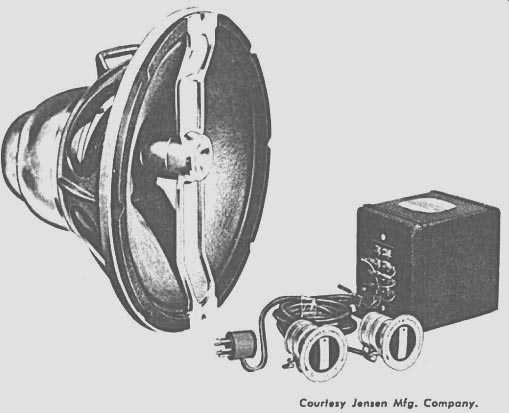
Fig. 45A. The Triaxial: A good example of a three-way, well-integrated
loudspeaker unit.
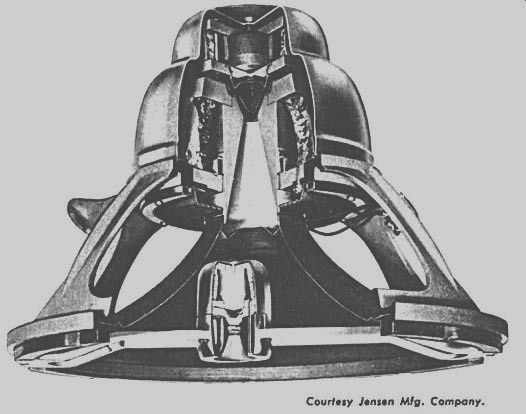
Fig. 45B. A cross-section of the Tri-axial three-way loudspeaker unit.
But now that we have two- or three-loudspeaker units operating on separate program material, body is adequately provided, because even in stereophonic presentation the low frequencies are all relatively in phase, while the stereophonic presentation takes over in a better way the function, previously served by the presence of the extreme high frequencies, of giving definition and character to the individual instruments and parts of the program source.
To confirm this principle, it has been effectively demonstrated that loudspeakers with a restricted frequency range, when used on stereophonic presentation, sound to have a better frequency response than they do on single-channel presentation. Just thinking in terms of engineering it was difficult to see why this should be.
It would seem that nothing could make frequencies appear to be there when in reality they were not.
The previous discussion shows that the function of the higher frequencies is not to be heard for themselves alone--they merely add character to other sounds that already are heard, whether the high frequencies arc present or not. These extreme high frequency components make the sound we already heard seem more accurate.
As stereophonic presentation serves the same function as far as our listening is concerned, it gives us the impression that the high frequencies, upon which we previously depended for this intelligence, are present, although in fact they may be missing.
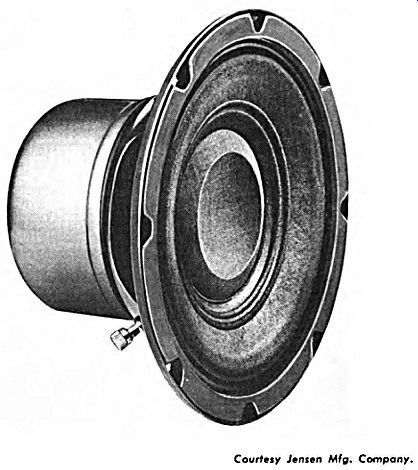
Fig. 46A. The Unax: An example of extended range loudspeaker
design.
This does not alter the possibility that the use of a loudspeaker with a wider frequency range extending out to the limit of audibility, may still improve the overall reproduction. The point to appreciate is that the apparent improvement is much more marginal than it was with single-channel high-fidelity presentation.
There is another reason why this marginal property of the extreme higher frequencies can become even less of a benefit, how ever. While the original sound sources are integrated, the loud speakers can destroy the apparent integration by a too-wide a response. If some of the sound for a particular program component, say the triangle or something with considerable high frequency in it, is radiated by more than one loudspeaker, unrealistic loss of "identity" can result. Even though one unit reproduces stronger than the other one, the distribution of these extreme high frequencies, with their much shorter wavelengths, is bound to be extremely different from the original. This is because the interaction pattern comes from two sources instead of just one. For this purpose a single loudspeaker unit with a wide-frequency range on single channel could sound more realistic than the two loudspeaker units connected to stereophonic program.
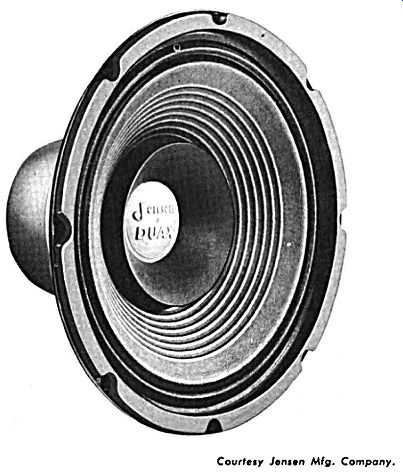
Fig. 46B. The Duax: A further example of design in extended range
loudspeakers.
Consequently it may sometimes even be advantageous not to have quite such a wide frequency range when using stereophonic presentation, to avoid the possible confusion effects of the extreme high frequencies.
Restriction of the frequency range in this way has another ad vantage which many high-fidelity listeners will appreciate. That is the reduction of effective background noise. It has long been commented that the only thing that super-tweeters give, to some program material at least, is some additional "hiss". In many instances this is partially due to deficient design of the tweeter, because a unit with a frequency response consisting of a sequence of resonances or peaks, serves to accentuate background hiss far more than it improves the realism of the musical or program presentation. For this reason the impression of ten conveyed is that the tweeter adds nothing but hiss to the presentation.
With a good tweeter having a level and smooth frequency response, this is not so true. Background hiss is not apparently in creased out of proportion in this way, and there is improved accuracy in the presentation of the different program components. However, background noise from various sources can still increase by the extension of frequency range at the high end. This is be cause background noise, in the form of hiss, is so much energy per cycle. In other words, there is as much hiss between 7000 and 14,000 cycles as there is all the way from zero to 7000 cycles. In terms of program, this means that extending the frequency response by just one octave, in a region where all that is gained is improved accuracy of sound already heard, doubles the background noise.
Use of stereophonic presentation with a response that decreases somewhere after about 7000 cycles, will achieve the same results as regards accuracy of presentation, without the undue increase in background noise.
Placement
The net result, then, is that stereophonic presentation enables us to make do with a cheaper variety of loudspeaker. In fact a loudspeaker with a more restricted frequency range is, generally speaking, an advantage for stereophonic presentation rather than otherwise. Also affecting the relative noise in some systems of stereophonic is the fact that using more channel in the same space increases the natural background noise of the recording medium.
For this reason it is advantageous to restrict the playback range to come out with a respectable apparent background noise and a useful overall dynamic range.
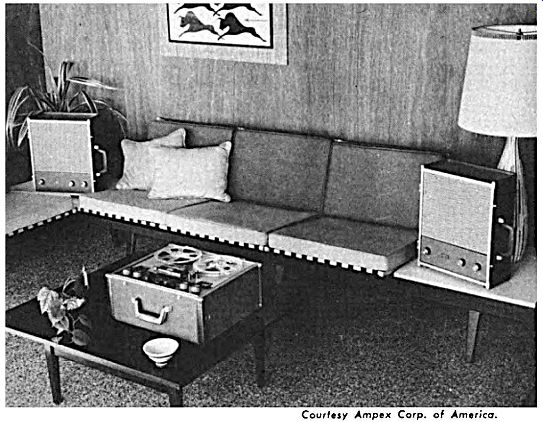
Fig. 47. Typical two-way separate loudspeaker placement, demonstrated
with a portable stereo system: Model A-122 (Ampex).
The next question that is going arise in loudspeakers for stereo phonic presentation is "How should they be placed?" Some systems and some manufacturers recommend distributing these loudspeakers along one wall of the room. If two loudspeakers are used they should be either in two adjacent corners of the room, or a little way in from the two corners along the wall (Fig. 47). If the system is three-way then an additional speaker is required in the center.
(It's surprising how often this proves impractical because of conventional layout or furnishing of American living rooms!). Another school of thought prefers to have the loudspeakers in the same cabinet facing out in divergent directions, so as to achieve distribution of the sound pattern radiated in this way (Fig. 48) . The question one most of ten hears is, "Which is the best?" The answer to this question is by no means a simple one. \Ve will need to devote a little consideration to it from the viewpoint of the different factors that influence the decision. This is partly dependent on the system of stereophonic presentation used--how the recording is made and how the various channels differ from one another--and partly on the arrangement of the listening room.
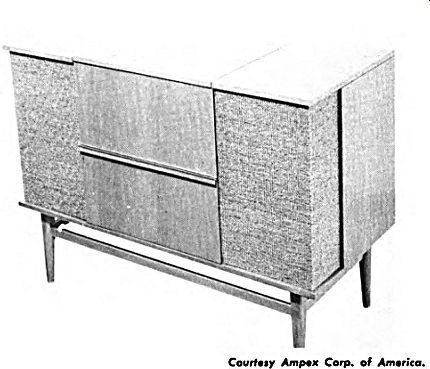
Fig. 48. A unitized stereo system with the loudspeakers divergent from
the same cabinet. Tape, phono and radio are housed in the center section:
Model A-423 (Ampex).
According to System
To avoid getting too confused, let's consider each of these items separately, although this is not entirely possible, because the two are to some extent interdependent.
Taking the two-channel stereophonic first, the ideal loudspeaker placement depends on the way the recording is made. If the re cording is basically binaural, which means the two microphones are spaced apart by approximately the same distance as the ears in the human head, in a similar and suitable obstacle, there is usually an advantage in having the loudspeakers as far apart as possible, even though some have dubbed this "bistereonauralphonic". This is because we want to ensure that each car of the listener hears principally the program intended for that ear. The ideal listening position would be in the center of the room with loud speakers disposed on either side of the listener. They could be on opposite sides of him, feeding toward each car (Fig. 49). But for this to be successful the wall space behind each loudspeaker would need to be acoustically damped with heavy curtaining and acoustic tiles, and possibly some obstacles to break up the sound wave. This is to prevent undesired reflections from each loudspeaker back across the room.
For this reason, in most rooms, the best arrangement is to have the two loudspeakers occupying adjacent corners with the listener midway between the two. If the listener is a little nearer one loud speaker than the other this slightly invalidates the impression conveyed from a binaural recording, but it still sounds better than a single-channel presentation.
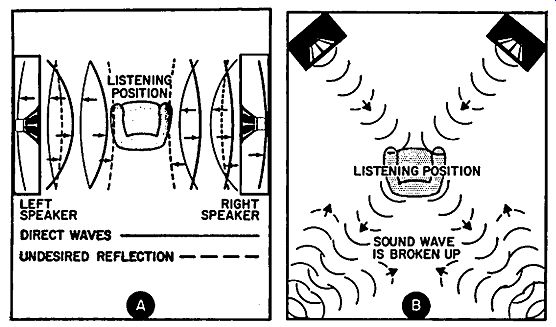
Fig. 49. Positions for listening to so-called binaural recording: (A)
directs sound most 1peclfically at each ear, but produce, unde1lrable reflectlon1:
(B) a better practical compromise avoiding most reflection.
The fact that the phase difference on the original recording represents only the time between the two ears on the dummy head, means we can allow a greater phase difference in the listening room without getting into confusion troubles. Consequently the listener can sit nearer to one loudspeaker than the other without experiencing serious confusion.
If the two channel recording is of the type where the micro phones are more widely spaced, then listening in a position equally distant from the two loudspeakers, with the loudspeakers located in adjacent corners, may still give a successful illusion. But in this case the phase difference already existing in the two channels is greater than the natural phase difference between ears. Consequently any additional time or phase differences, occasioned by the listener moving from the position of equal distance, makes the sound become somewhat confused. This would be particularly noticeable in the type of program that contains a rapid succession of short duration transients, such as strings being played pizzicato.
As most people like to listen with their friends rather than just by themselves, we need a system that gives a more effective presentation to people listening in different positions around the room.
This is why the type of loudspeaker cabinet in which both loud-speakers are contained in the same enclosure, facing outwards from opposite ends, has developed (Fig. 50).
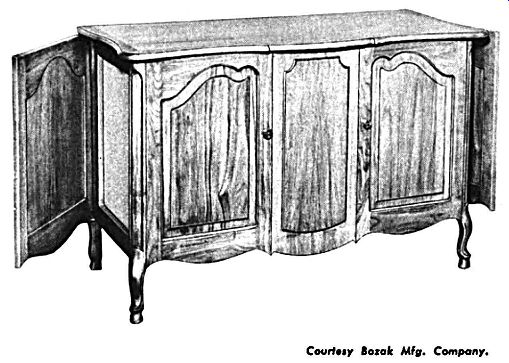
Fig. 50. Another variant of the unitized loudspeaker system, a provincial
version of the cabinet shown In Fig. 28.
If the loudspeakers were brought together more closely, side by side, the time and intensity differential that provides the stereo phonic effect would be reduced. The effect would be very similar to mixing the program content of the two channels and then playing them over one loudspeaker, because the loudspeakers are so close together that the sound waves would merge although the electrical impulses driving the loudspeakers would not. Placing the loudspeakers back to back, however, obviates this difficulty by having the sound waves radiate in opposite directions. But because they start from sources that are still close together, the time difference does not become objectionable in any part of the room, as it can when the loudspeakers arc widely spaced.
Here we could give a little attention to how different frequencies are radiated. At low frequencies, the sound waves from the two channels are virtually in phase, because the wavelengths are big compared to the distance between the original microphones. Similarly, in the listening room, usually the low frequencies are such that only about one wave--or perhaps only even a fraction of a wave--can be contained in the room. This means that both loud speakers will be aiding one another. The diaphragms will both be pushing at the same time, and both pulling at the same time. So it does not matter whether the loudspeakers are close together, far apart, or even on opposite sides of the room. They both augment the total sound wave at that frequency, and there is no appreciable sense of direction to these frequencies.
Where the loudspeakers are mounted in the same cabinet, if the bass reflex principle is used, a common port can be provided with dimensions suitable for two loudspeaker units and the effects will be quite good. At the middle and higher frequencies, the absorption inside the cabinet will prevent interaction troubles and each loudspeaker will radiate its own sound independently from the front of its diaphragm.
Placing the loudspeakers in opposite directions from approximately the center of one wall of the listening room, also minimizes interference due to the extreme high frequencies, to the extent that they are radiated. If a person is sitting so he hears one loud speaker more or less directly, he will hear practically nothing of the extreme high frequencies radiated by the other unit to give him the confusion effects noted earlier. If a listener is located in front of the cabinet so he is not directly on axis of either loud speaker, the extreme high frequencies will not reach him very strongly at all. They may bounce off the end walls and reach him at approximately the same time from both units, but they will be considerably attenuated (Fig. 51). In doing so, however, because he is in the best position for enjoying the stereophonic effect, he is least in need of the high frequencies to improve his sense of realism. Thus this arrangement gives the best all-round performance on two-channel stereo of conventional type.
Three-channel stereo for home use is not quite such a simple matter to decide. With the single assembly, placing the side speakers facing outwards at each end and putting the center one on the front facing the room, a possible method is to operate the front speaker at a little bit lower volume level, so the correct effect is achieved when sitting right in front of the cabinet. This arrangement has the advantage of being most tolerant of phase and intensity differences, whether you want to listen right in front or in some other part of the room.
As with the two-channel system, the remarks about spacing also apply to three-channel. If the recording is made from three widely spaced microphones in the studio there will be a considerable phase or time difference, amounting to several waves of higher frequencies. If this is played back over three loudspeakers equally widely spaced, the effects can be somewhat confusing because of the time difference. It is better under these conditions to use the single integrated loudspeaker with one speaker in front and one on each end of the cabinet.
But sometimes the three-channel stereophonic program is synthesized from recordings of separate groups of the composite audio, or sometimes it is produced in a manner very similar to the single channel coded--each of the three channels is produced by varying its amplitude from a common composite audio, and recording that on each channel. In either case, the program contents of each channel is identical at every instant, but the intensity of the pro gram on the different channels varies according to the sense of direction intended.
If either of these methods is used in making the original recording, the playback characteristics will be very similar to coded stereo phonic, and quite a satisfactory impression can generally be obtained by using separate loudspeakers placed apart along the wall, prefer ably in a room that is rather oblong than square, perhaps with the length one and a half times the width. It is then best to arrange the loudspeakers across one of the shorter walls of the room and listen toward the other end. This gives a greater listening area where the sound will be heard in the correct perspective intended by the system.
Where the relative sense of position is obtained essentially by intensity differences rather than the more usual combination of intensity and phase differences, in which case there is as a rule a bigger difference in time than intensity, the best arrangement is to use the loudspeakers fairly widely separated, because this utilizes the basic principles on which the stereosonic system is based. For stereosonic presentation speakers spaced apart along the wall are by far the best arrangement, because this gives the difference in intensity from each loudspeaker the best opportunity to produce the relative sense of direction at the two ears of the listener, wherever he may be in the room.
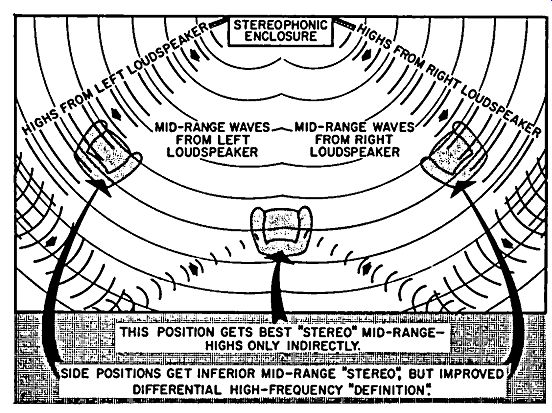
Fig. 51. Realism in different parts of the room is due to different effects,
using the divergent or outward-facing arrangement of Figs . ..48 and 50.
So our conclusion about loudspeaker type and positioning is quite similar to the one we drew when discussing single channel sound. In that case we found that one loudspeaker might be good for presenting solo performances while another one sounds better for full orchestra, and so on. In this case we have other differences to contend with, so the positioning and arrangement of the loudspeakers to give the best stereophonic presentation, depends on the way the program was recorded in the first place--how the mikes were placed or whether the program was synthesized. No one arrangement proves to be ideal for all forms of presentation.
According to Listening Room
The size and shape, and to some extent the form of decoration in the room, also affects the choice of loudspeaker. In describing loudspeakers for single-channel high-fidelity presentation, it has been suggested that it is good to have the loudspeaker somewhat commensurate in size with the room in which it will be played. A large elaborate loudspeaker in a relatively small room makes the sound seem confused. On the other hand a small loudspeaker unit, even though it may produce adequate power for the larger room, will seem to be lost because the sound source seems too small.
This principle extends into the use of loudspeakers for stereo phonic purposes, to an even greater extent. At the beginning of this section we pointed out that in general the large elaborate loudspeaker was not suitable for livingroom presentations, but that it might be quite suitable for use in a large auditorium.
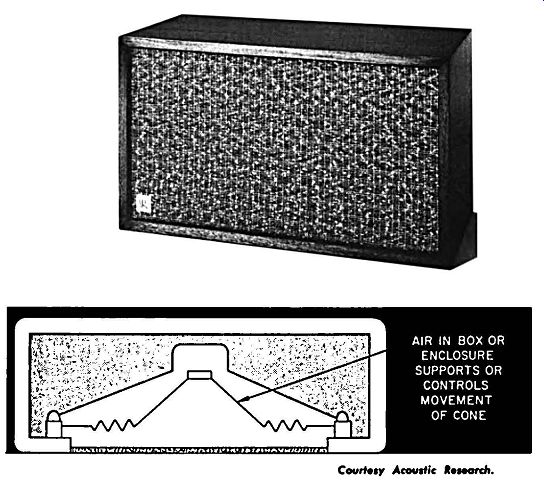
Fig. 52. The Model AR-2. Top: Enclosure and loudspeaker system. Lower:
The acou1tic-1u1pen1ion principle used for the woofer unit.
Extending this principle downwards in size, the speakers used for stereophonic presentation in a relatively small livingroom should be quite small units. As each of the stereophonic units will be working in phase for the lowest frequencies, and because the room is probably small enough so that the lowest frequencies only contain part of a wave, it is quite possible for the smaller loudspeaker units--that would be regarded as inadequate for bass response in a single-channel high-fidelity system--to prove quite effective when used for stereophonic presentation.
The small, acoustic-suspension type loudspeaker (Fig. 52) can prove very effective for stereophonic presentation in small rooms. It is somewhat inefficient, and will probably need a 25 to 30-watt amplifier to drive each loudspeaker to allow a sufficient margin to handle the higher transient peaks in the program. For this reason a somewhat more efficient unit is the miniaturized reflex-type, which uses an escape from the rear of the diaphragm to produce an in phase component at the front (Fig. 53). For single-channel presentation these might appear to be somewhat bass-deficient. But in a small room they can sound very good, and when two or three are used, as the case may be, for two-channel or three-channel stereophonic presentation, the bass can prove to be quite adequate.
Stereophonic presentation really begins to sound better, though, in the medium to larger size livingroom, because it gives the sound an opportunity to spread better. In the larger size rooms it is well to have a somewhat larger type loudspeaker. If cost is a serious factor, an extended range, maybe with a low-cost tweeter mounted close to it, will give very satisfactory results.
It is not generally necessary to go in for a super-tweeter with stereophonic presentation, because these "super-high" frequencies add very little when stereophonic presentation is available. The increased accuracy in high note rendition is achieved by other means. However, for the two-channel type where the two loudspeakers are mounted on opposite ends of the same cabinet, which is also suitable for some of the smaller rooms, tweeters and possibly super-tweeters can be an asset, because they improve the impression of realism when listening from a position toward one end rather than in the middle-front. In the middle-front position the tweeter top end and response and the super tweeter are probably not audible at all, due to absorption around the room. But here the stereophonic effects get the full benefit and consequently the super-tweeter is not needed.
So much for the loudspeaker part of the question. There are other components, however, that are needed for the different systems, so we will give a little attention to this matter here, to clarify just what is involved in using the different systems and what extra equipment is needed for each.
The Complete System
It goes almost without saying that any stereophonic system will need two or three loudspeaker systems, as the case may be, and a corresponding number of power amplifiers to drive the loudspeaker systems. The loudspeakers may be separate or in the same cabinet as we have already discussed. Similarly the amplifiers may be completely separate units or may be powered from a common power supply. This may effect some economy provided the power rating is such that a convenient power supply can be designed that does not require just twice as many components as the supply for only one of the amplifiers.
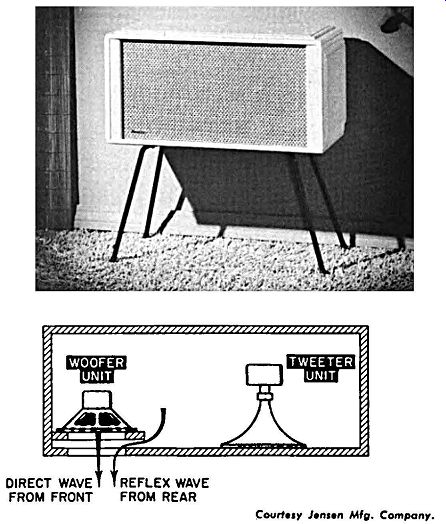
Fig. 53. Treasure Chest Duette: Top: A useful type loudspeaker system
with miniaturized bass reflex arrangement lower: Sketch shows basic layout.
A possibility with a two-channel system that some manufacturer may some day exploit, is the use of a two-channel power amplifier that uses a single-unit double-output transformer. This would utilize a single magnetic core with two separate transformers wound on the same core (Fig. 54) . There will of course be a degree of coupling at the low frequencies, but the high frequencies will be adequately separated.
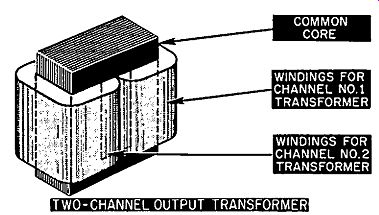
Fig. 54. A possible economy in amplifier design would be achieved by using
single-ended amplifiers for each channel, with a combined two-channel output
transformer, illustrated here.
It might even be possible to effect tube economy by using a large power-rating output tube single-ended, instead of using push-pull output for both channels. In this way the distortion at the lower frequencies, which is where the curvature usually produces most intermodulation, will be neutralized by the fact that both channels arc approximately in phase to these frequencies. The amplifiers would of course be arranged so that one output tube pushes when the other pulls, so at extreme low frequencies the amplifier behaves just like a normal push-pull amplifier.
Some people may be bothered about the interaction that can occur electrically between two amplifiers that share an output transformer in this way, for economy purposes. Actually the inter action will be no greater than the acoustic interaction that occurs when the two loudspeaker systems for a stereophonic system arc mounted in the same enclosure at opposite ends. So if you arc going for the composite-speaker arrangement for your stereophonic system, there would be absolutely no objection to utilizing an amplifier of this type, if and when such an amplifier appears.
Figure 55 shows an amplifier that has been engineered to give economical design by putting two amplifiers on one chassis, with simplicity of control, by combining both into single-knob operation, with a balance (called "focus") to equalize channels if necessary.
For the rest of the components, the two- or three-channel stereo phonic requires two or three preamplifier channels complete, together with separate radio tuners if it is intended to pick up program from the air. Most stereophonic program will probably come from the two-channel or three-channel tapes, so separate tape heads are required, or a composite head with three separate pickup arrangements combined in one (which will cost almost as much as three separate heads) . The individual channel amplifiers will need to be just as good as for a single-channel high-fidelity system.
The stereosonic system again needs both two-channel pickup arrangements and two-channel preamplifiers. If it is used with the number 1 high-fidelity, number 2 low-fidelity channel combination, it may need a recombining arrangement to obtain the necessary program channels for the two loudspeakers. However this is quite a simple and inexpensive addition to the system, and would require only one extra tube and a few small associated components.
If stereosonic is used with the single-groove disc recording, a special pickup will be needed that will be somewhat more expensive than a regular pickup, but can probably be produced for less than twice the cost of the better class pickups.
The coded-stereo system avoids the need for multichannel pickup or playback head, together with preamplifiers or radio channels, but instead requires a unit which, for the theater system, has been called an "integrator". This is a unit which separates off the control frequencies and then provides separate controlled outputs which vary in level in accordance with the dictation from the control frequencies. For the theater systems, this unit by itself costs in the region of $500, but it utilizes expensive filtering arrangements and components of a quality to conform with general theater and professional practice. It is quite possible that a coded stereophonic system will be developed with filters that perform a very similar purpose quite effectively for much lower cost.
The system cost for a coded-stereo three-channel arrangement will probably be quite comparable with a two- or three-channel system for regular stereo. The big difference is that the cost of recorded programs, if this system becomes used, will be in the region of half that for regular stereo, because only one track is needed. How ever until such a system is developed this discussion is somewhat hypothetical.
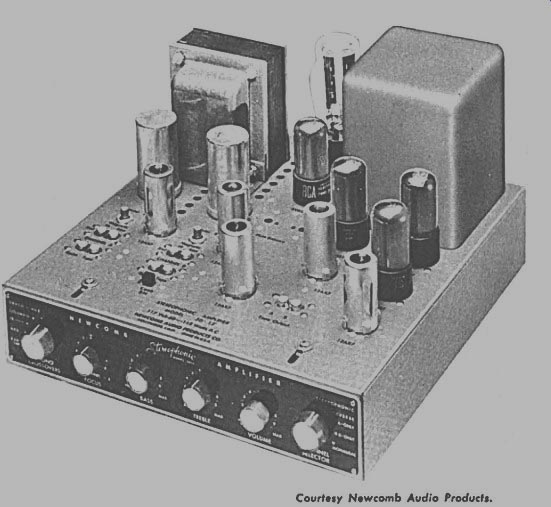
Fig. 55. An example of economic design in a complete two-channel amplifier
for stereophonic presentation from disc, radio or tape: Model 30-12.
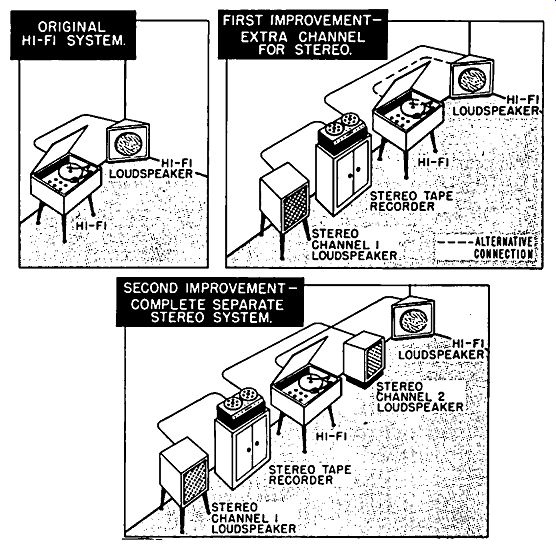
Fig. 56. A progressive program for changing over to stereo--the Improvement
and cost ore both distributed in this way.
Building a System
The last question we need to discuss in this section is how the reader may acquire a stereophonic system. Some will already have a high-fidelity system they may have used for several years, that includes a good power amplifier and loudspeaker system. From the foregoing discussion of ideal loudspeaker systems to use, it may appear that the single unit they have is not ideally suited for stereophonic reproduction. So should they throw out the present system completely and acquire a completely new stereophonic system? This certainly will give them, ultimately, the best results. How ever, if they still wish to play their single-channel high-fidelity program material, undoubtedly their present system will sound better than trying to play single-channel over their new stereo phonic system. So it may be advantageous to retain the high-quality, large loudspeaker system they already have.
If they wish to avoid the high immediate expense of a complete stereophonic system, it is quite feasible to use the present high fidelity system with one channel of the new proposed stereophonic system to supplement it. This will not give quite such good stereo phonic realism as two identical speaker units, but it will certainly give a very credible presentation of stereophonic program material.
This will enable the user to attain his program improvement in steps, as he can afford to buy the different stages. Later on he can buy a second channel identical with his first, and then he has a complete stereophonic system (Fig. 56). Those buying high-fidelity systems for the first time may want to buy for single-channel with a view to later expansion into stereo phonic. At present the amount of stereophonic material around is considerably less than the quantity of single-channel recording, so there arc still advantages in using single-channel because a greater variety of program material is available. This being the case, for some time yet prospective high-fidelity customers will want to buy single-channel equipment and expand later on into stereophonics.
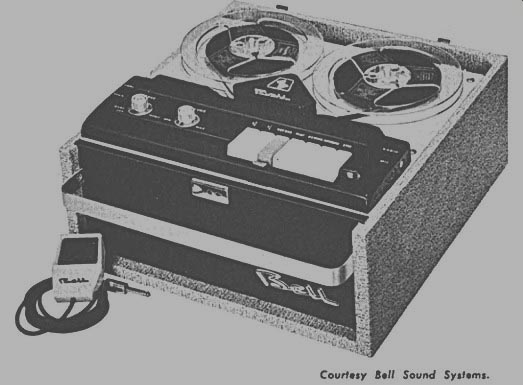
Fig. 57. One of the recent stereophonic tape-recorder& that will play
two-channel tape1 and record single channel.
If this is the way you are starting, two loudspeakers certainly do sound better than one, so it will be good to invest at the outset in the stereophonic loudspeaker system you ultimately intend to use. However, until you can afford the complete stereophonic system, you can make do with a single-channel disc playback arrangement, using a single-channel preamplifier and power-amplifier to feed the two separate loudspeakers connected in parallel. As two loudspeakers, to give ultimate stereophonic reproduction comparable with a single, high-quality loudspeaker, will not be very much greater in cost, this seems to be the most economical way of approaching such an expansion program.
Using this method, you only need to buy one of the amplifier systems at a time. Later on, when you get into stereophonic presentation, you can buy the two-channel tape-recorder. Some of these provide preamplifiers for both channels, but a power-amplifier for only one. This unit will then supply all the extra components you need to convert your single-channel system into a stereophonic system.
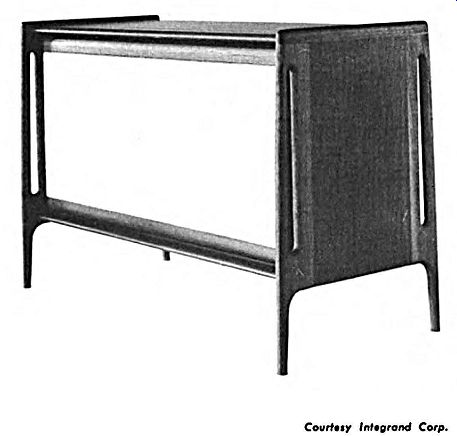
FIG 58. The "Integrated" loudspeaker system shown here contains
two complete three-way loudspeakers, each with its own servo-drive transistorized
amplifier. The units for each channel are mounted behind the grill-cloth
at a divergent angle.
Many of these new two-channel stereophonic tape-machines are not two-channel recorders at all. They arc primarily designed as two-channel playback machines for playing stereophonic tape. This is because most people will not have the facility for making their own stereophonic tapes. They may, however, wish to make tapes of things they do at home, in which case they will use the recorder as a single-channel recorder. Facility is usually provided on stereo phonic tape-machines for single-channel recording only (Fig. 57). In some cases the record arrangement is on one track only, in which case the tape can be used as double-length in the same way as any half-track recorder, playing one side and then flipping the reel and playing the other. In playback, only the side used for recording will be used. The other playback head will be disconnected or turned off.
In other cases the record head of a stereophonic tape-machine is full-track, so that it records all the way across the tape. This enables playback to be made through the stereophonic system as a single channel arrangement. Both channels will get exactly the same sound because the two pickup heads will be traversing the same recorded track. This method, of course, will only work with the stacked head arrangement, not with the staggered.
A very recent development that makes a good starting point for a stereo system is a servo loudspeaker system, in which two complete three-way, well-integrated loudspeaker systems are mounted in the same enclosure, and provided with their own drive-amplifiers-transistor operated--and crossovers, ahead of the amplifiers. This can conveniently follow a single-channel "front-end"--radio, phono or tape--and later, without any addition to the loudspeaker at all, can be fed stereo program (Fig. 58) .
(Adapted from: Stereophonic Sound (1957) by Norman H. Crowhurst)
= = = =